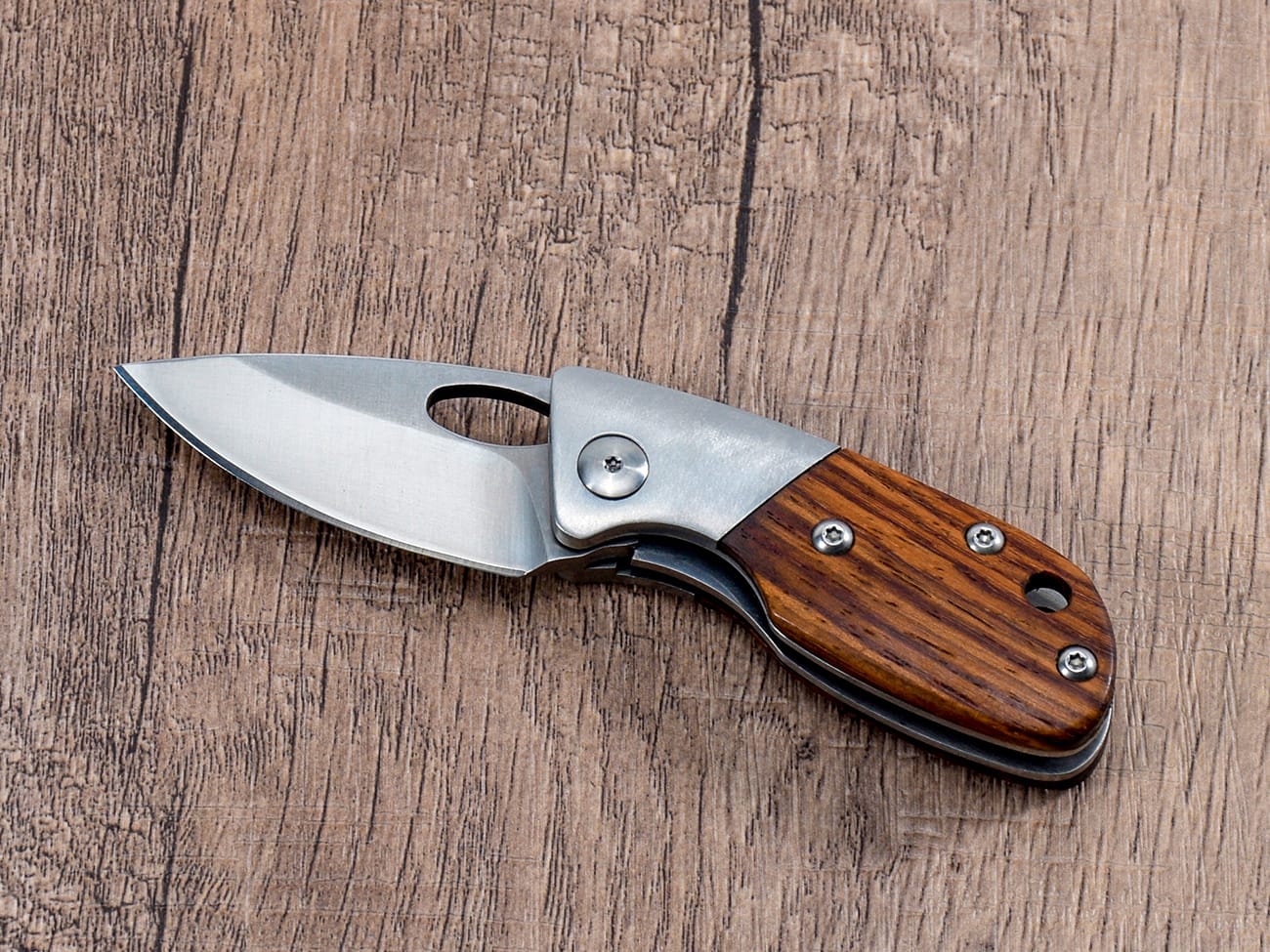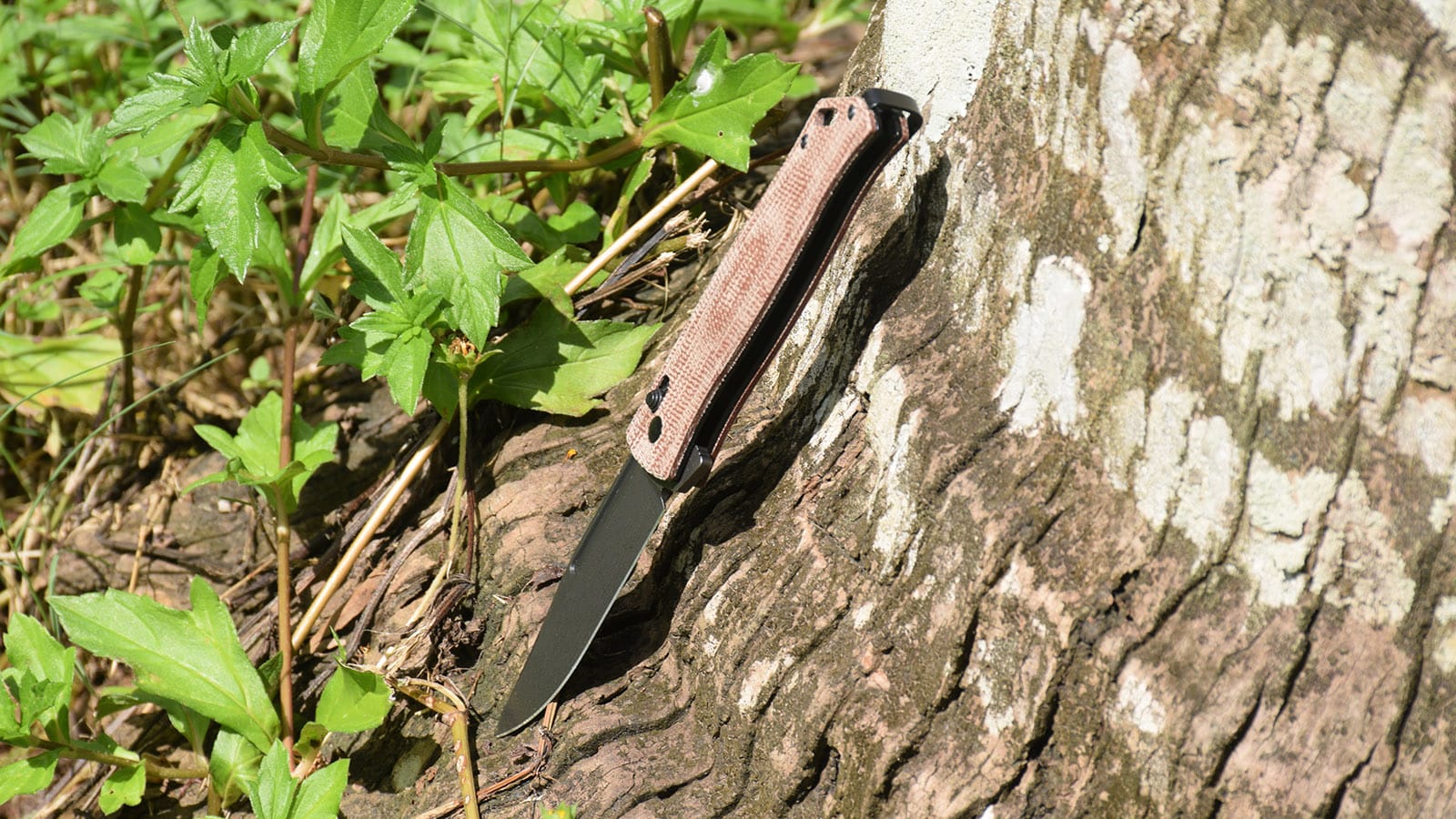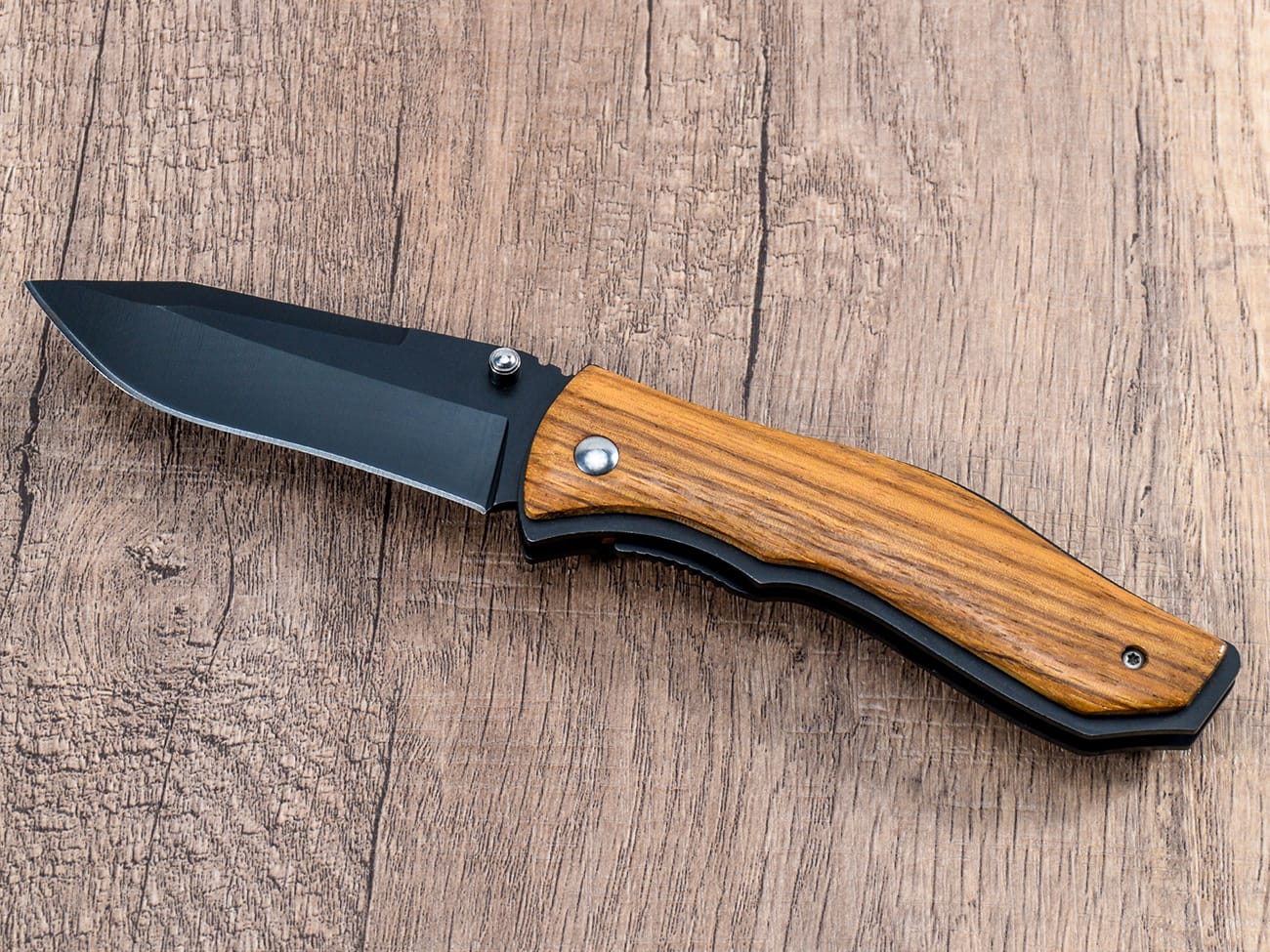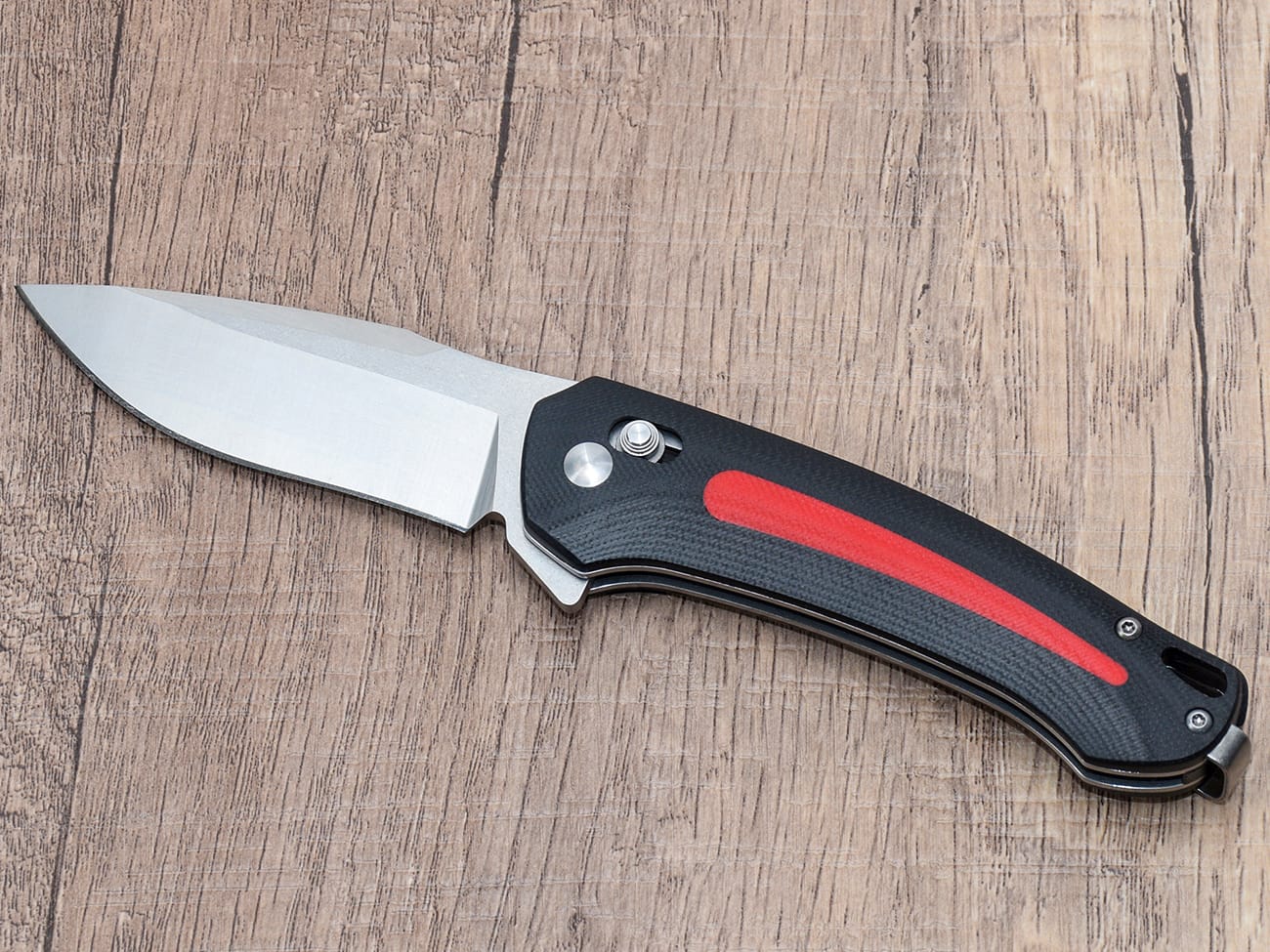Planning to cross the border with your trusty pocket knife? This comprehensive guide will help you understand the complex regulations and restrictions surrounding knife transportation across international borders. Whether you’re a camper, outdoor enthusiast, or EDC carrier, knowing these rules can help prevent confiscation and legal issues during your travels.
What Types of Pocket Knives Are Generally Allowed Across Borders?
When crossing borders, certain types of folding knives are typically permitted. Basic folding pocket knives with blades under 3 inches are often considered tools rather than weapons. However, the knife must not be a prohibited type, such as:
- Automatic opening mechanisms
- Butterfly knives
- Gravity knives
- Spring-assisted opening systems
Understanding Canadian Border Regulations for Pocket Knives
The Canadian border has specific restrictions regarding what types of knives can be brought across. Border agents are particularly strict about:
- One-hand opening mechanisms
- Lock blade configurations
- Blade length restrictions
- Concealed carrying methods
What Documents Do You Need to Declare a Pocket Knife?
When crossing any border with a pocket knife, proper documentation is crucial. You should:
- Declare the knife at customs
- Have proof of ownership
- Show intended use (camping, work, etc.)
- Present any required permits

How Do Border Agents Inspect Pocket Knives?
Border inspectors follow specific protocols when examining knives. They check:
- Blade length and mechanism
- Locking systems
- Opening methods
- Overall design and purpose
Common Reasons for Knife Confiscation at Borders
Understanding why knives get confiscated can help prevent issues. Common reasons include:
- Prohibited blade types
- Concealment attempts
- Failure to declare
- Restricted mechanisms
Special Considerations for Different Border Crossings
Each border crossing has unique regulations. For example:
- Canada-US border: Strict on automatic knives
- Mexico border: Focus on weapon-like characteristics
- European borders: Varying country-specific laws
What to Do If Your Knife Is Questioned at Customs
If your EDC knife is questioned, remember to:
- Remain calm and cooperative
- Provide clear documentation
- Explain legitimate purpose
- Know your rights and options
Agriculture and Hunting Knife Regulations
Special rules apply for:
- Hunting knives
- Camping equipment
- Agricultural tools
- Professional use cases
Alternative Options for Traveling with Knives
Consider these alternatives when crossing borders:
- Shipping separately
- Checking in luggage
- Temporary storage
- Purchase at destination
Tips for Hassle-Free Border Crossing with a Pocket Knife
Follow these best practices:
- Research regulations beforehand
- Pack appropriately
- Declare openly
- Maintain documentation
Key Points to Remember:
- Always declare your pocket knife at customs
- Research specific border regulations in advance
- Keep documentation ready
- Consider blade length and mechanism restrictions
- Be prepared for possible confiscation
- Know your rights and alternatives
- Maintain a cooperative attitude with border agents
Note: This article is for informational purposes only. Regulations may change, and specific restrictions vary by location. Always check current rules before traveling.Custom Pocket Knife | Folding Knife | EDC Knives | Pocket Knives Factory




